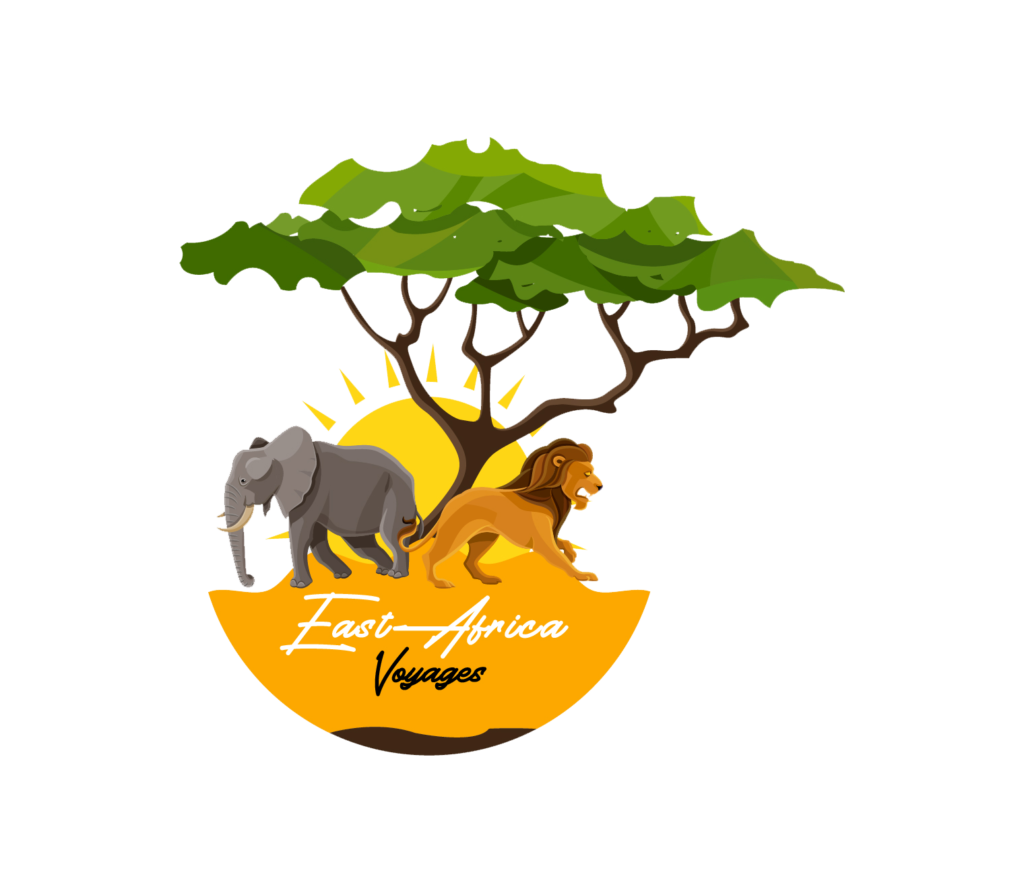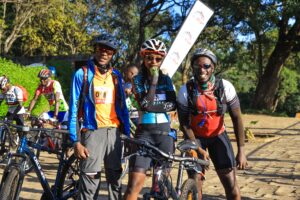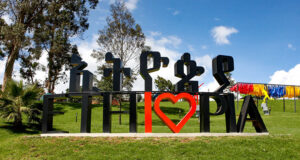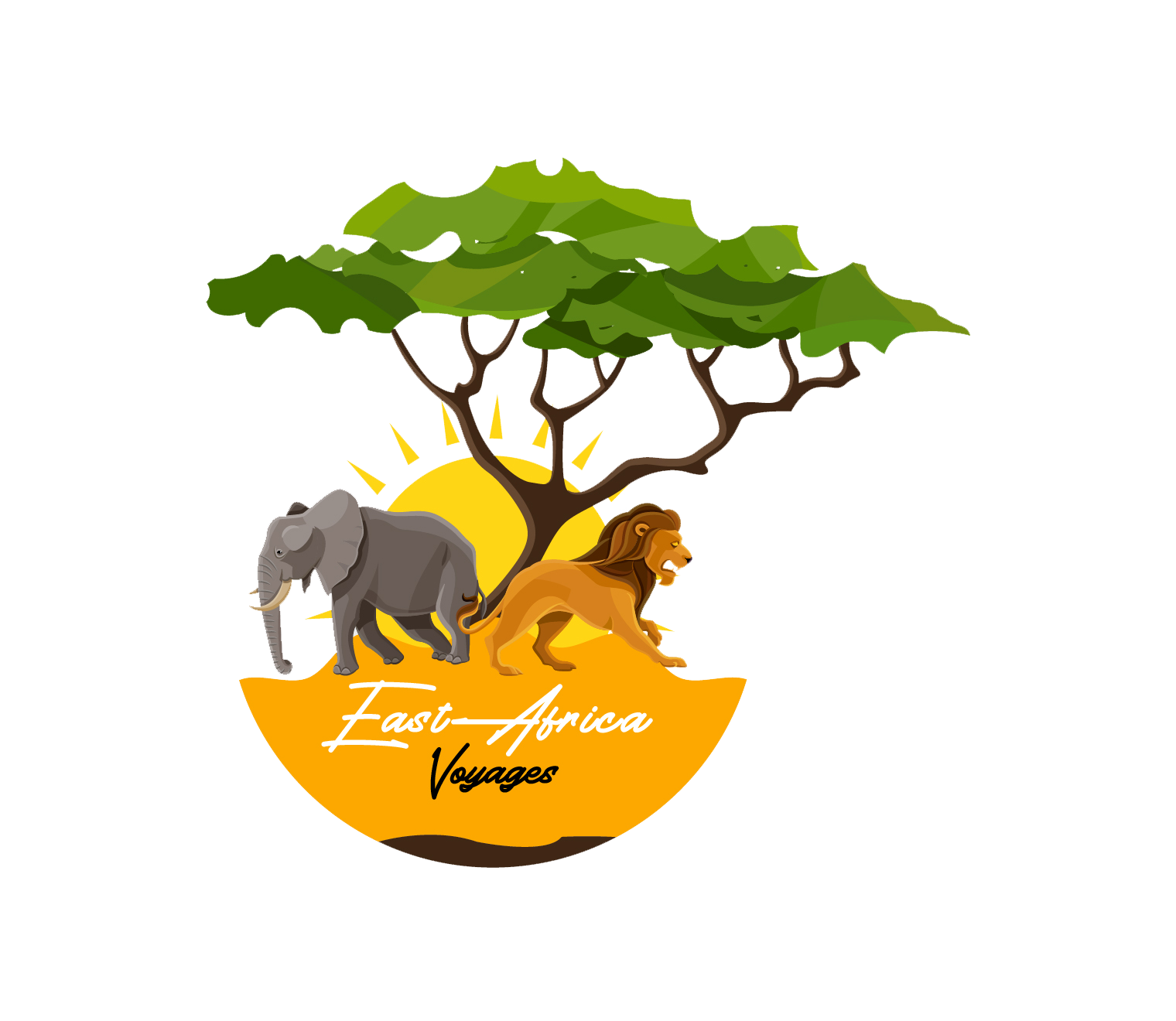From the onset, 2020 screamed opportunity for Uganda tourism. The year on year growth trend was expected to continue, operators were looking to drive sales as high as possible, in anticipation of the possible slowdown caused by 2021 being an election year. Domestic tourism interest and numbers were looking up, more lodges were communicating locally for a change, and there was an increase in demand for corporate incentive bookings to local National parks. No one thought the early rumblings of a “SARS-like” virus in Wuhan, China would have an impact on the tourism industry in Uganda.
4 months into the year, we find the entire tourism sector shut down as a result of COVID-19. The largest hotel chains are laying off staff, some operators are completely bowing out and according to Uganda Tourism Board, about 460,000 jobs on the line. The most positive thing around all this is, for now, we have no COVID-19 related deaths in Uganda, swift and uncompromising measures by the government have controlled the spread, and we look like we might get out of this alive. Unfortunately, the same cannot be said about tourism businesses and the sector that contributes 7.5% of GDP.
The lockdown will soon be over and people will travel again, unfortunately for some operators, the damage may be irreparable. Pundits anticipate it could be up to a year before international tourists start to flock Uganda again, this impacted mainly by fear of infection from “Africa,” and health system limitations. International inbound tourists have for a long time been the core backbone of the sector revenue, without these, operators that start over will still be in the eye of the storm, and will have to be at their most innovative to navigate this period.
The main question for many operators, is “What does survival look like?” Sector specialists have stated that tourism will restart with domestic and regional market bookings and eventually the international tourists will return. This, of course, comes with even more questions like “How do we target the domestic market?” “Is this market even worth the bother?”
To provide some perspective on what this market could look like, the African Development bank reports Uganda’s middle class is 18% of the population, which is about 7.2million people. The same report places the upper-middle-class number at about 1.5million individuals with an average daily consumption between $14 — $20. From this data, there must be over a million Ugandans who can afford to pay for tourism or experience related products, not forgetting groups like schools and churches.
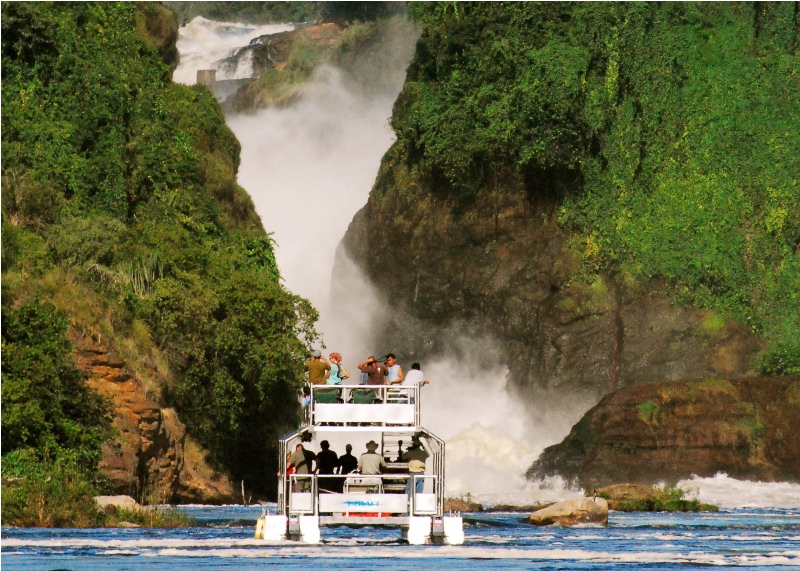
Local Tourism operators have for long been reluctant to focus on the domestic market attributing this to cultural limitations, it used to be, “Ugandans don’t travel.” It is now gradually changing to “Ugandans prefer to travel to international destinations as opposed to local National parks.” This is probably true as according to Dubai Tourism and Commerce Marketing (DTCM), 49,000 Ugandans traveled to the Emirate in 2018 and the number only continues to grow. This is more than the number of East African Residents who traveled to all other Ugandan National parks aside from Murchison Falls in the same year. Why would thousands of Ugandans opt to travel to the desert as opposed to the beautiful natural wonders very accessible in their backyard? Like with all product purchase decisions, the answer to this question comes down to value. Why would a bar reveler opt to buy a bottle of Moet & Chandon champagne over an Eagle Lager if it achieves the same thing? The same can be said for leisure travel, it is the perceived value to the customer.
What is the perceived value to the potential domestic tourist traveling to a Ugandan National park? Is this being effectively communicated? Is it price? Is it convenient? Is it scenic beauty? what customer expectation is being created? Is it what the market wants? How easy is it to find options? Another way to look at this is whether tourism in Uganda is only about the National parks? Is a catholic martyrs trail a viable option for Kampala City? Can student factory tours be formalized as a product? Does the Karamoja District Tourism Officer have a Meetings, Incentive, Conferences, and Events strategy or are they actively developing community-based up-sell activities for the 10,668 tourists who currently travel to Kidepo? Many of these are really product development and marketing questions, figuring these out could help answer some of the questions around developing domestic tourism post COVID.
The Fact is, targeting and driving domestic tourism numbers may be a viable option for operators, to not only create cash flows post-COVID but also start to rebuild destination confidence. Most People including the coveted international tourists will travel to places where other people go.
A few recommendations to consider as a sector to achieve post COVID survival as tourism sector player are:
1. Rethink and Redevelop Tourism products.
In the more developed markets, tourism as a product is highly fragmented and specialized, for example, specific culinary experiences or age-based tours for individuals above 65 years old. Products are tailored to suit the target audience’s needs and desires. This product innovation creates differentiation and relevance for operators and drives consistent bookings.
In Uganda tourism is still characterized by product homogeneity, Operators sell the same national park deals, for the same number of days, in many cases even the same price. For the competing operators, conversion comes down to; how much an agent has in the kitty for marketing or how well networked they are.
It is time to rethink tourism product offerings and differentiate them. Product development is a standard process whether its telecom or tourism and there are many tools for example design thinking that can support this. Operators should identify their target customers, understand their motivations to purchase tourism or experience products, and build around that. Is it the need to relax? Is it the desire to look good on social media? Is it the need to learn about culture and history? It is key to empathize with your target customer and answer the questions, “who are you selling to? Why would they buy from you? What are you selling?”
Outputs, in this case, may include new tourism packages, new destinations, new same-day activities, or repurposing or repricing existing products to sell to a new market and if it worked in the past, well then stay the course and increase marketing to your target audiences.
2. Rethink Distribution & Digitalize business operations.
Business survival will call for actions to improve efficiency across many areas, primarily product distribution, conversion, and maximizing customer spend. Digitalizing tourism sales and operations is one way to achieve this, enabling front end e-commerce and back end operations capabilities. Operators will be able to achieve faster product packaging, distribution to 3rd party marketplaces and social media (Get found in more places) faster response time to client requests, better track human resource efficiency, increase customer conversion by driving inquiries and bookings through technology.
Effective use of digital channels can allow for the creation of presale and upsell channels to help with ensuring the revenues start flowing in. With an effective technology solution, an operator can start distributing Q3 packages and promotions, accept installments, and start to guarantee revenues.
Digitalization has for long seemed very expensive and out of reach for many operators, however, there are numerous solutions today that will allow an operator to achieve this at a fraction of the cost. A local company Tripxio (hello@tripxio.com) has built such a solution to help businesses develop, distribute, sell tourism, and experience products online through efficient e-commerce websites, itinerary builders, digital marketing, accept bookings and payments and manage their back-office operations and Customer relationship management all in one place. This solution is a software as a service model implying a limited cost of acquisition to the business with the benefits of running an in-house technology team.
3. Creative Marketing and PR
Marketing and PR should not stop for agents. It is pertinent to remain visible and create customer expectations. This is not if the form of persuasive “Come to my destination” type marketing but rather empathetic and relatable communication. The #TravelTomorrow campaign is one to ride on. Communicate what the businesses are doing to be better post COVID, what inclusive tourism strategies are being implemented to ensure sustainability, not only for the business but also for the proximity communities. What is the business story? why does it matter? There are numerous communications professionals out there that can support this process.
As the Lockdown is loosened and people start to travel, show that people are coming to your destinations, drive confidence, and more will come. This should be supported by a promotions strategy, what offers are available to customers when all this is done, and how thoughtful are they?
In conclusion, the main take out for any tourism operator considering post-COVID survival should be in the questions, “What value am I providing the target customer? Why should they buy my product? Am I relevant now, how do I get relevant, or how do I stay relevant?”
Please email me to continue this conversation: gonahasa@gmail.com
Written by
David Gonahasa
David is an African Tourism enthusiast based in Uganda
